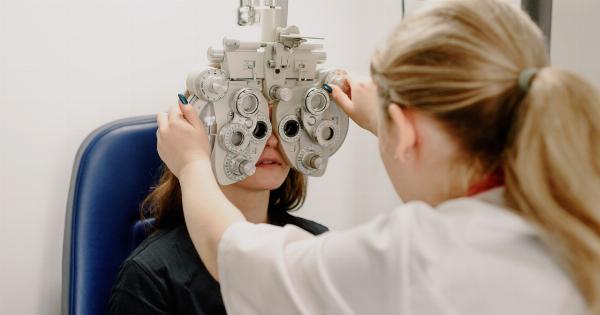Carotid lesions occur when there is a narrowing or blockage of the carotid arteries. These arteries are the major blood vessels that supply oxygen-rich blood to the brain.
The build-up of plaque on the inner lining of the carotid arteries is the most common cause of these lesions.
As carotid lesions progress, they increase the risk of stroke due to the reduced blood flow to the brain. Therefore, it is important to understand the symptoms, causes, and treatment options for carotid lesions.
What Are the Symptoms of Carotid Lesions?
In the early stages, carotid lesions may not cause any symptoms. However, as they progress, the following symptoms may occur:.
- Weakness or numbness on one side of the body
- Slurred speech
- Vision problems, such as double vision or temporary loss of vision in one eye
- Dizziness
- Mental confusion
- Severe headache
If you experience any of these symptoms, seek medical attention immediately as they may indicate a stroke or a transient ischemic attack (TIA).
What Causes Carotid Lesions?
The most common cause of carotid lesions is the build-up of plaque on the inner lining of the carotid arteries. This plaque is made up of cholesterol, fat, and other substances that can accumulate over time.
Factors that can increase the risk of developing carotid lesions include:.
- High blood pressure
- High cholesterol
- Smoking
- Diabetes
- Obesity
- Family history of carotid artery disease
Age and gender are also risk factors, with men and older adults being more likely to develop carotid lesions. Additionally, certain medical conditions such as lupus, rheumatoid arthritis, and kidney disease can increase the risk of these lesions.
How Are Carotid Lesions Diagnosed?
Carotid lesions can be diagnosed through a physical examination, imaging tests, and other diagnostic procedures. Your doctor may perform the following tests:.
- Carotid ultrasound: Using high-frequency sound waves, this test creates images of the carotid arteries and shows any blockages or narrowing.
- Magnetic Resonance Imaging (MRI): This imaging test uses radio waves and a magnetic field to create detailed images of the brain and blood vessels.
- Computerized tomography (CT) angiography: This test uses X-rays and computer technology to create images of the blood vessels.
- Angiography: This test involves injecting dye into the blood vessels and taking X-rays to see the flow of blood and any blockages.
What Are the Treatment Options for Carotid Lesions?
The treatment for carotid lesions depends on the severity of the blockage and the risk of stroke. Treatment options may include:.
- Lifestyle changes: This may include quitting smoking, losing weight, and managing blood pressure and cholesterol through a healthy diet and regular exercise.
- Medications: Medications such as antiplatelet agents (e.g., aspirin), blood thinners, or statins can help manage the risk factors associated with carotid lesions.
- Surgery: In severe cases, carotid endarterectomy or carotid stenting may be needed. Carotid endarterectomy involves surgically removing the plaque from the artery, while carotid stenting involves placing a small mesh tube (stent) in the artery to keep it open.
Conclusion
Carotid lesions are a serious condition that can lead to a stroke if left untreated. Knowing the symptoms, causes, and treatment options can help reduce the risk of stroke and improve overall health.
If you are experiencing any symptoms related to carotid lesions, seek medical attention immediately.





























